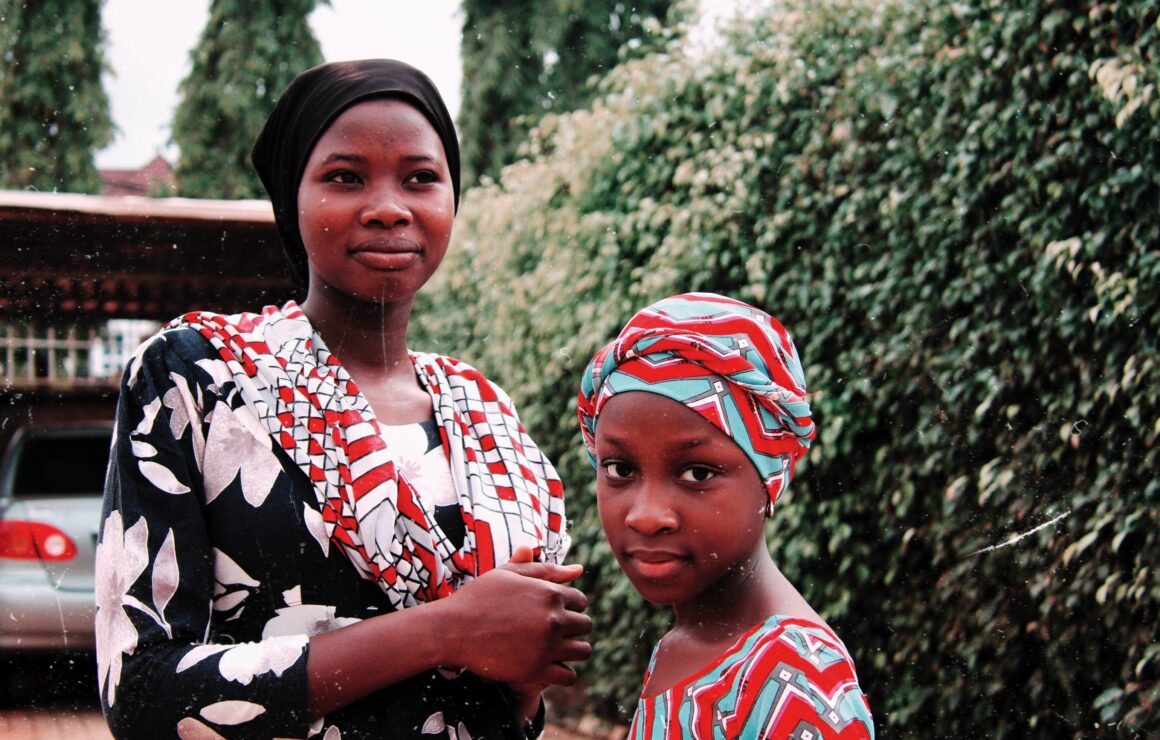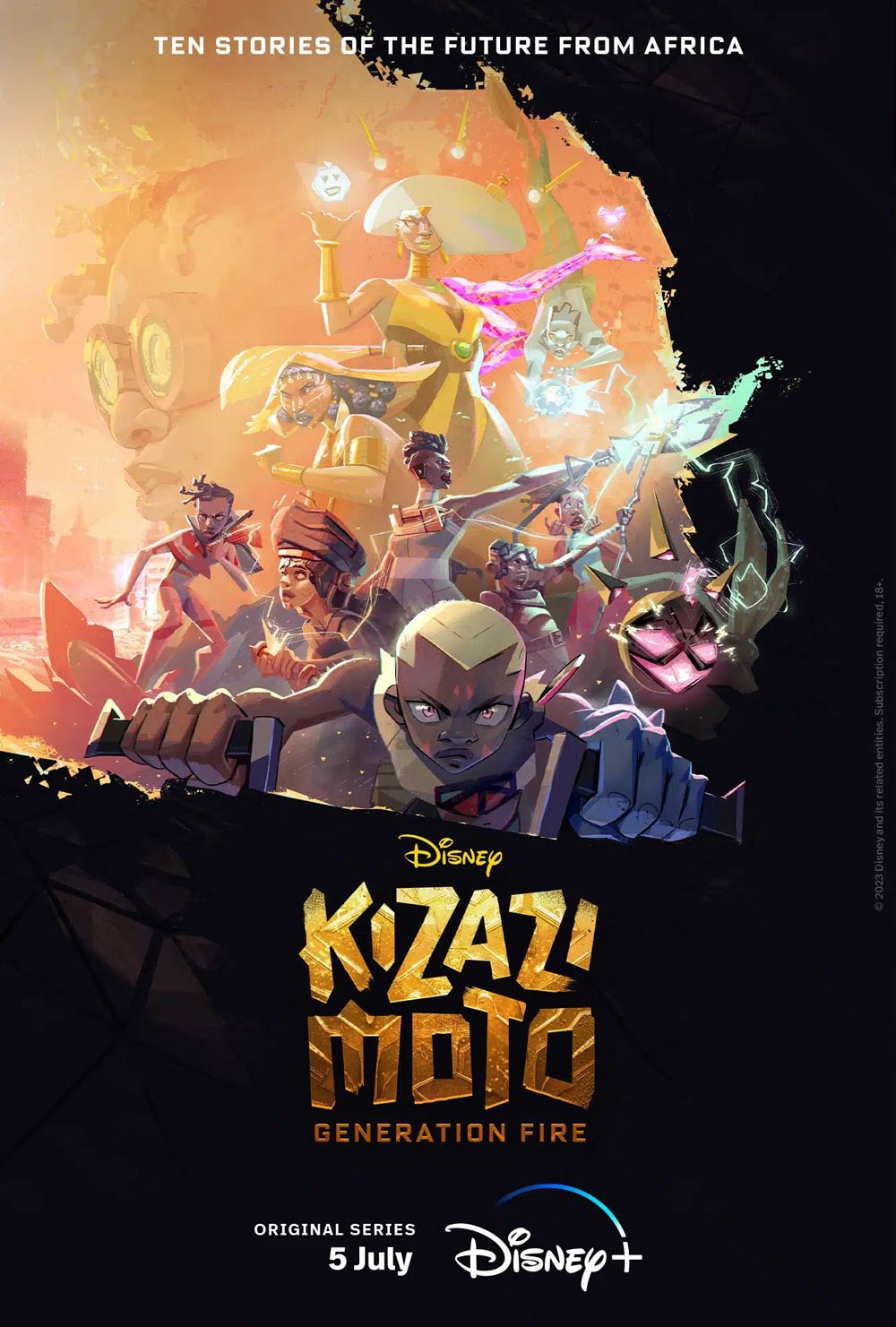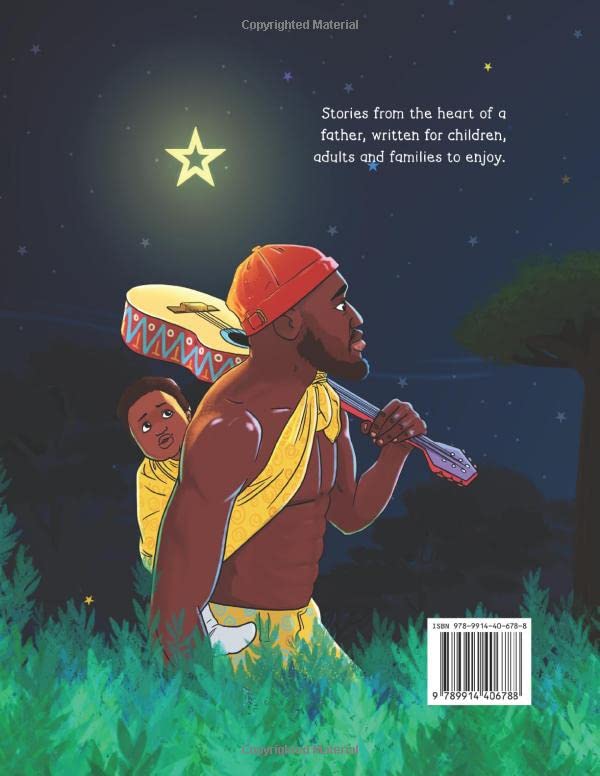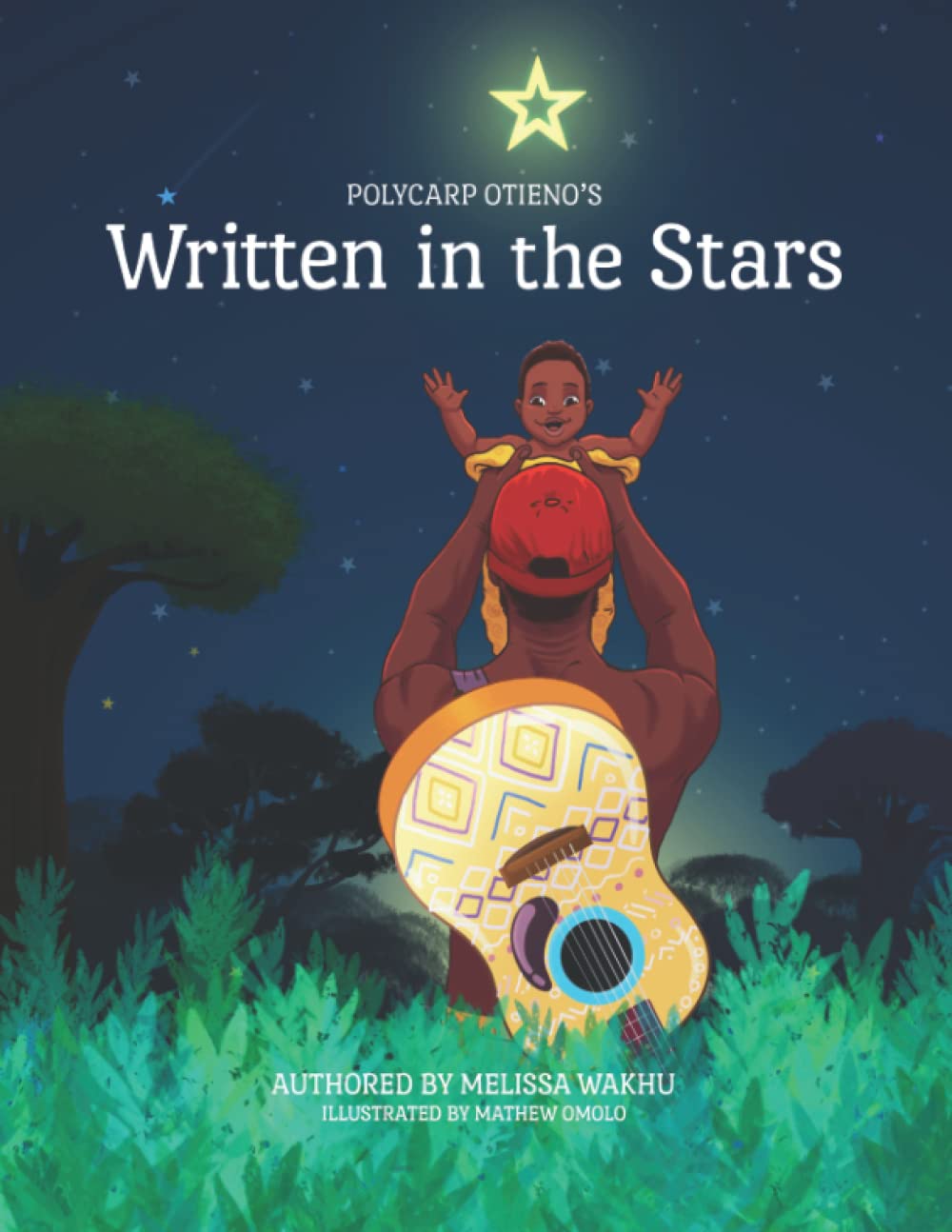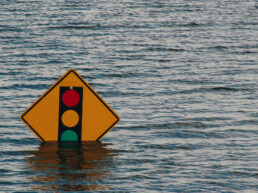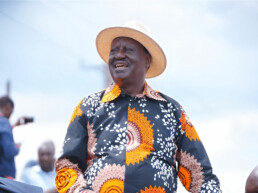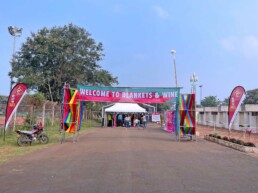Children are extremely imaginative creatures, so much so that the phrase “child-like wonder” was coined. Their wildly vivid imaginations lead them to entire worlds, constellations, and dimensions that adults may struggle to even dream up. This fantastical idealization of a limitless reality is many a time reflected in kids’ entertainment in a bid to capture their attention and spark their creativity.
Once Upon an Africa
The stories of magic and wonder that we call folklore are one of the oldest known forms of African oral tradition. By framing traditional wisdom within narratives, grandparents and elders, who typically hold the exclusive role of storytellers, reinforce in children the community’s collective understanding of the fundamental guidelines for behavior, attitudes, beliefs, and taboos essential for the community’s continued survival in the world. While mostly viewed as a juvenile source of entertainment in African traditional societies, their enduring presence on the continent continues to be felt not only in literature but also in the intricate fabric of our shared human experience. They are ingrained in our cultural lexicon and linger in our memories and conversations. We liken someone to a hyena alias “Team Mafisi” in our everyday language, as they lack self-constraint.
These oral narratives find a voice in the music we cherish. The childhood rhymes we heard on the playground have been infused in today’s tunes with modern beats and catchy lyrics. The Kenyan song “I Want” by Chris Kaiga featuring Mutoriah and Tanzania’s “Nani” by Abigail Chamz featuring Morio stand out as apt illustrations of this point. Such references are remnants of the folklore that shaped our collective imagination. The timeless allure of African folktales is a testament to the power of storytelling and its ability to captivate and inspire generations.
The Reimagination of African Folktales
The reenactment of inherited folklore into modern mediums, including but not limited to audio, audio-visual, and written means, not only allows them a new lease of life but also disallows them from succumbing to the eroding effects of time on oral traditions. Numerous African oral traditions have been revitalized via the use of animation, film, digital storytelling, and publishing media. These reimagined versions provide a platform for contemporary artists and storytellers to add their own creative twists, making the stories more relatable and engaging for modern audiences.
A Mirror to Society: Holding Up a Funhouse Reflection
Oftentimes, child-oriented broadcasts are disregarded or undervalued. These broadcasts are also a resourceful tool that goes beyond being just an art form, to have a significant and undeniable impact on early development. Under the guise of entertainment, these tales of fantasy foster linguistic proficiency and nurture emotional maturity. Generally, kid-friendly programs provide an avenue for children to experience and explore a range of emotions and understand complex concepts in a relatable and entertaining way by exposing them to colorful characters and engaging storylines. This exposure to diverse narratives and themes can broaden their perspective and their overall grasp of this thing called life. Furthermore, cartoons often incorporate educational elements such as problem-solving, social cues, or moral lessons, helping children develop important life skills whilst enjoying their favorite shows.
The Politics of Representation and Misrepresentation
Representation and misrepresentation have become fashionable buzzwords in today’s discourse on media and film. So much so, that a section of us has become desensitized. Apathy on this matter is grossly misinformed, as the politics of representation and misrepresentation cannot be overstated.
We have thus far established that cartoons and other forms of media shape children’s young minds and their perception of the world. African representation in child entertainment media encompasses a myriad of moving parts. It does not solely entail the outward appearance of the animated characters – though this too is important. It also embodies the visual appearance of the story’s setting, the names of the characters, their values, their norms, their speech, the foods they eat, what they talk about, and their way of life. The African child is likely to be more drawn to content reminiscent to the environment within which they live. This ignites enthusiasm about the possibilities within their own communities. While the African child can expand their horizons through stories of snow, and while exposure to diverse settings and cultures expands their worldview I still believe we need a “golden mean” of sorts to be set. One where African children can find a balance between appreciating other cultures and embracing their own.
To name but a few…
There is a noticeable uptick in the commitment from creatives, celebrities, publishing, production, and streaming corporations, to create more Afro-centric children’s entertainment. The result of this is an abundance of diverse and culturally relevant content tailored for African children while still appealing and captivating to other children the world over. It would be impossible to name them all, but some notable examples include Disney’s cartoon series “Kizazi Moto.
Kizazi Moto is an action-packed animated sci-fi anthology which presents ten futuristic visions from Africa imagining brave new worlds of advanced technology, aliens, spirits, and monsters. The animated show features seasoned producers and animators on the continent, including Uganda’s award-winning Raymond Malinga, whose other brainchild, “A Kalabanda Ate My Homework,” deserves to be acknowledged.
Disney also recently launched an afro-futuristic animation in partnership with Kugali Media, an entertainment company focused on telling stories inspired by African Culture using comic books, art and augmented reality. The Disney-Kugali collaboration is titled “Iwaju”.
There’s also the popular animated series “Mama K’s Supa Team 4”, which showcases a group of African teenage girls as superheroes.
“African Folktales Reimagined,” is an anthology of retold African folktales on Netflix.
“Twende” on Showmax follows a pangolin of the same name, the slowest moving animal in the savannah. Twende’s conviction that “life is about the journey, not the destination” perpetually clashes with his occupation as a boda boda driver in the vibrant, fictional East African city of Milima. Twende is voiced by Junior Nyong’o (The Legend of Lwanda Magere, Hamlet). The Afro-centric children’s show is Showmax’s first Original 2D animated series.
Literature
Many books have also been published to this end, with several popular artists jumping on this bandwagon. Lupita Nyongo’s “Sulwe” is a stunning debut picture book, in which the Oscar-winning actress creates a delightful and heartwarming story to inspire children to see their own unique beauty.
“Written in the Stars“, a children’s fiction picture book by Polycarp Otieno (Fancy Fingers) of Sauti Sol and Melissa Wakhu, revolves around the naming ceremony of a newborn baby. The narrative serves as a powerful celebration of African culture, aiming to inspire young men to actively engage in their fatherhood journeys and initiate discussions about the significance and purpose behind each given name.
In 2022, Polycarp also released “Lala Land (Papa And I)”, a book ‘meant to spark conversations about their dreams and possibilities. ‘Because children with dreams become adults with vision.’
Children with dreams become adults with vision
In ‘Mwikali and The Forbidden Mask’ (2022) Kenyan author Shiko Nguru creates a cool and fast-paced mystery that feels modern yet stays connected to African culture, the Afro-centric children’s book also explores feelings that teens can relate to. Following the events of Mwikali and the Forbidden Mask, Shiku wrote ‘Odwar vs. The Shadow Queen‘ in which a young Kenyan boy struggles to control his newfound power and fight a growing evil.
‘Sol Kids’ is a children’s content creation platform that was launched in 2022 by Kenyan music group Sauti Sol in collaboration with author Melissa Wakhu, to “nurture a generation of children who understand, appreciate and celebrate the privilege of being African”.
Baraza Media Lab’s Kid’s Book Club, offered in collaboration with Afrokidz, is a series of events designed for children aged 6 to 10, where activities center around both reading and listening to enriching stories. In the inaugural session of 2023, children were immersed in the “Super Lisu (East African Educational Publishers)” series; a captivating collection which boasts vibrant, comic-style illustration. The first reading in 2023 was narrated by the author Yolanda Chakava.
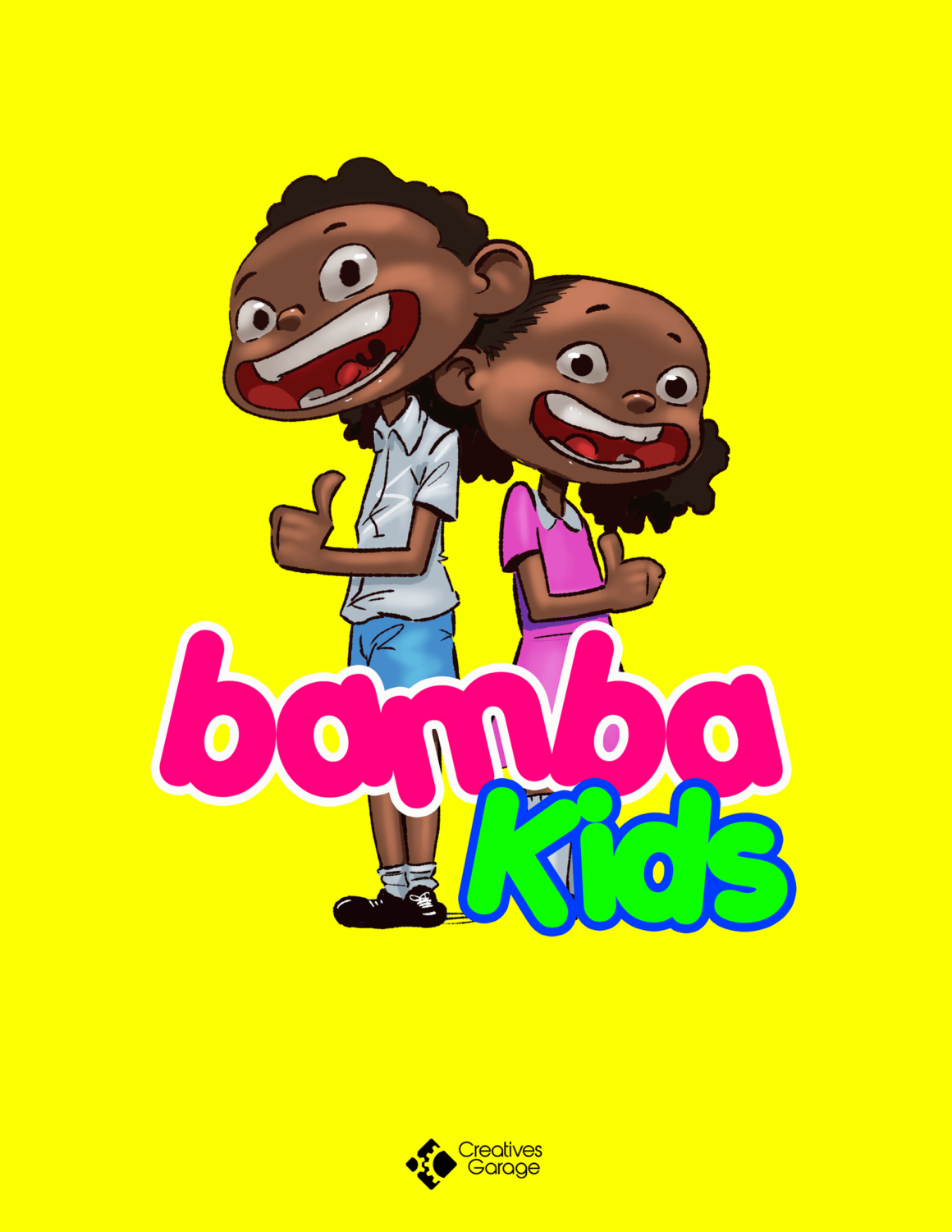
Creative Garage’s “Bamba Kids” program offers a dynamic and engaging experience for children aged 3 to 10. The initiative includes a physical kids club, a mobile app, a website, kids’ classes, a podcast, animations, storytelling, and educational games like Adventures of Pendo and Cheza Zone. This multifaceted approach aims to provide an immersive edutainment experience for young minds.
Shalom Kendi Mbae
A Writer. A Pan-African. A Conversationalist.
Words are to me what numbers are to a mathematician.
This little light of mine, I'm going to let it shine.


